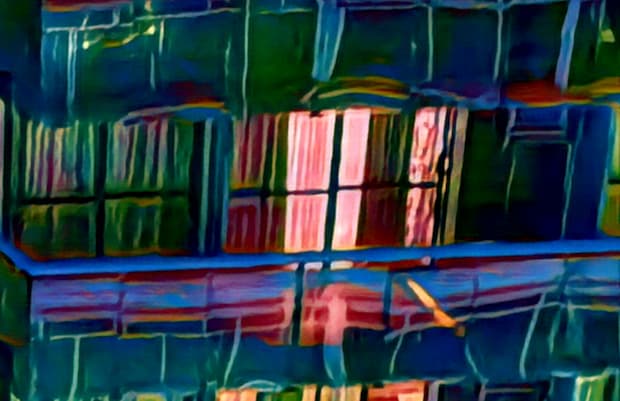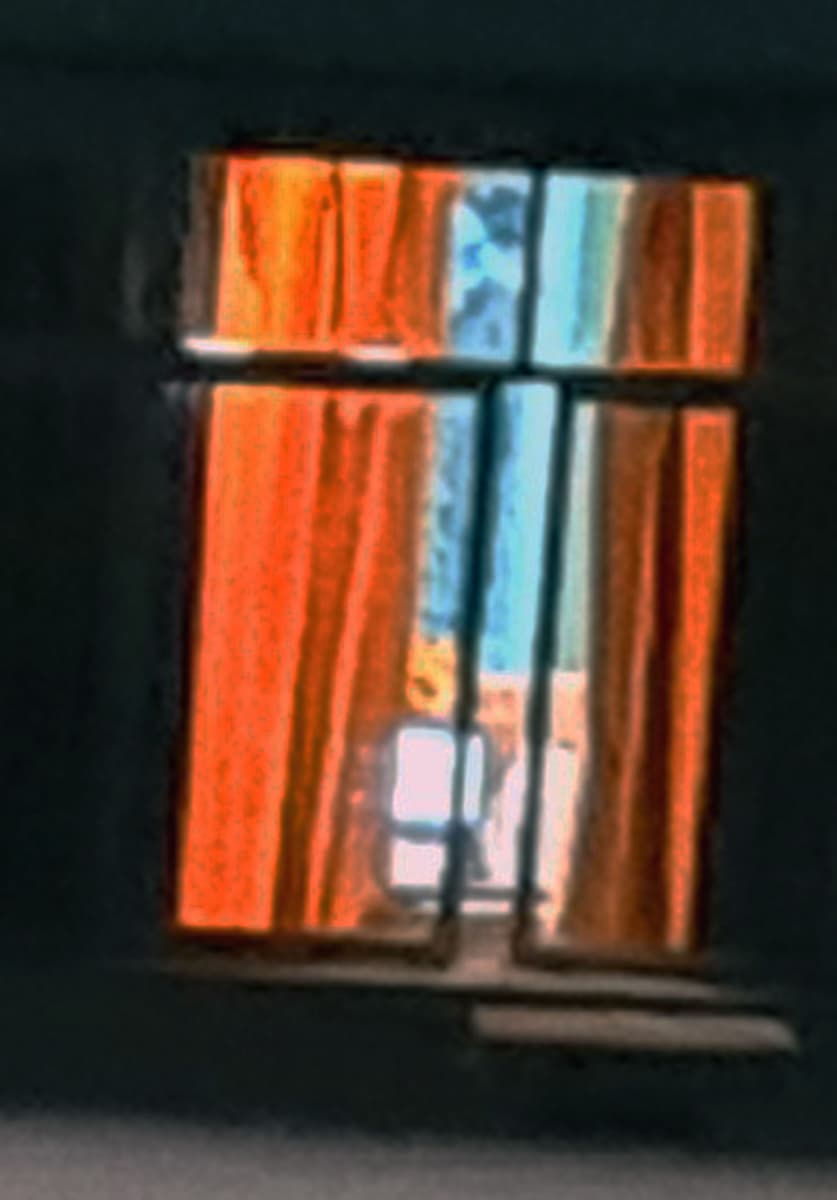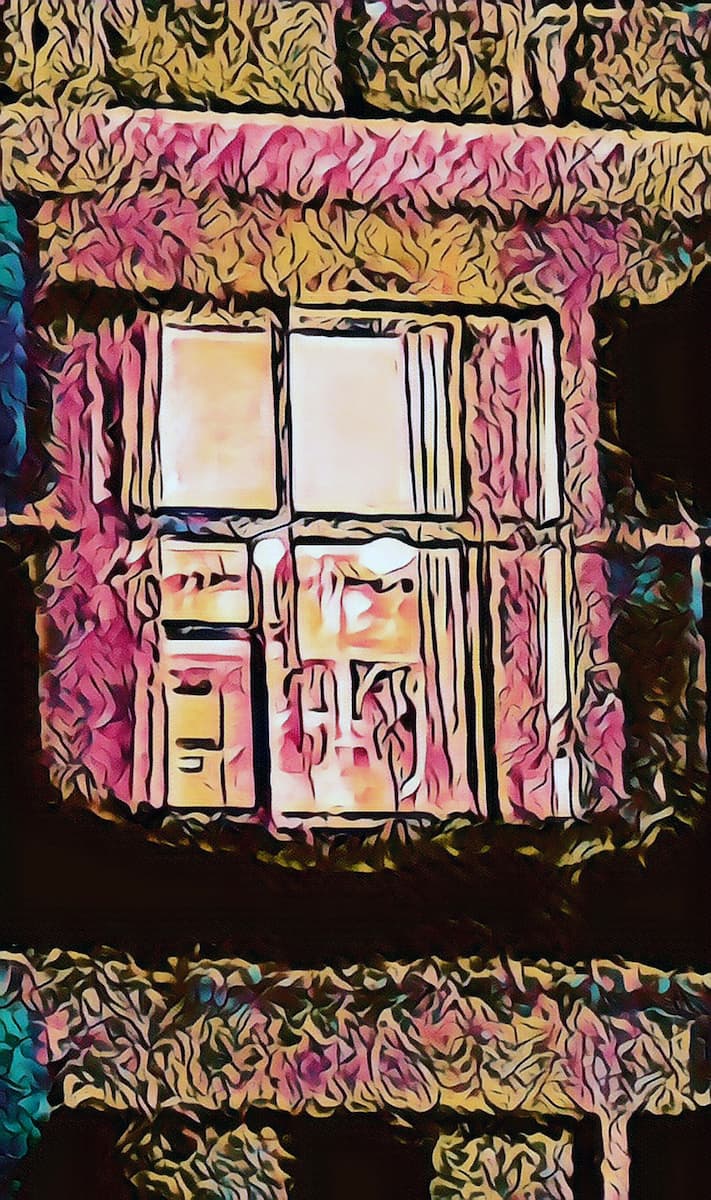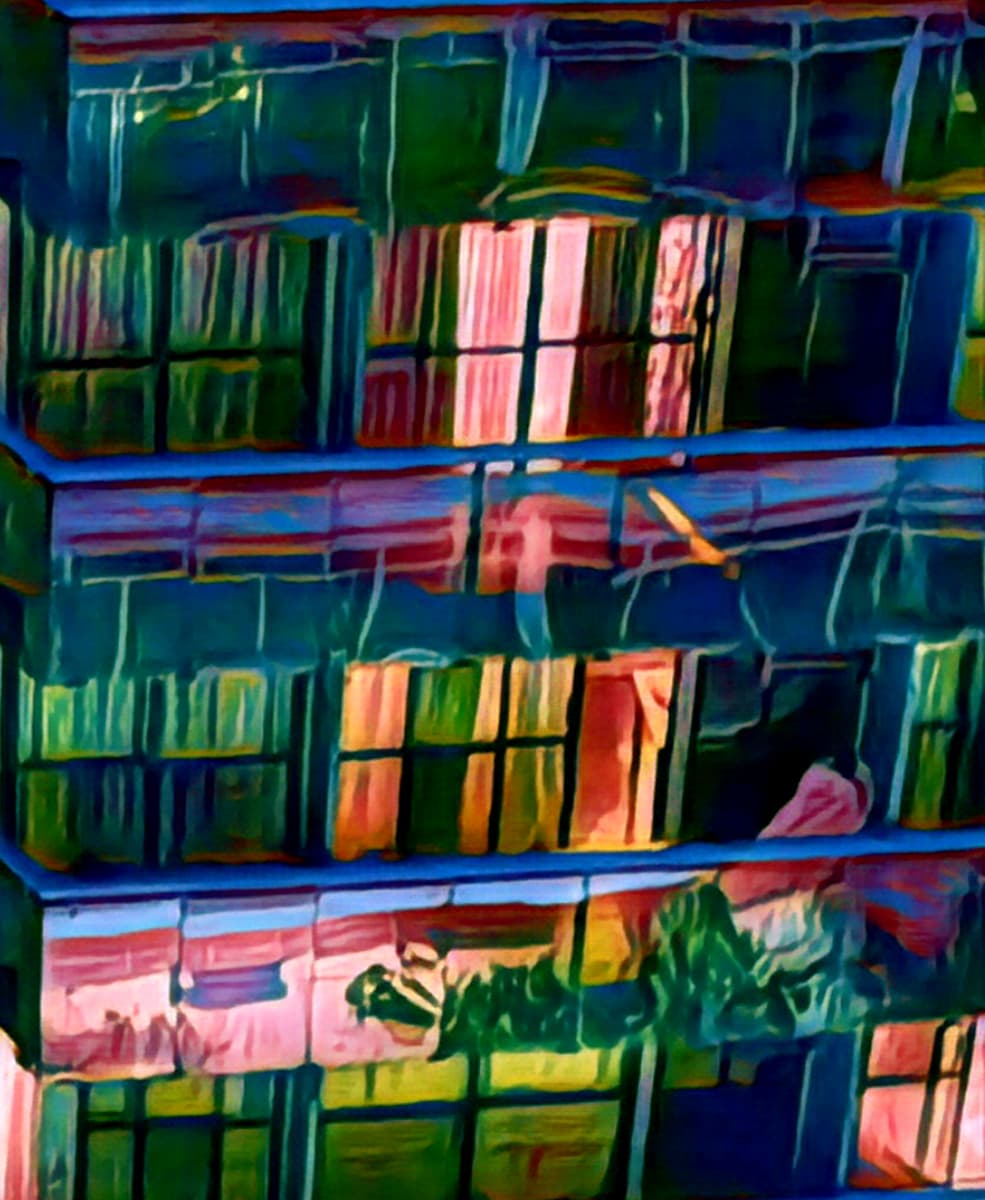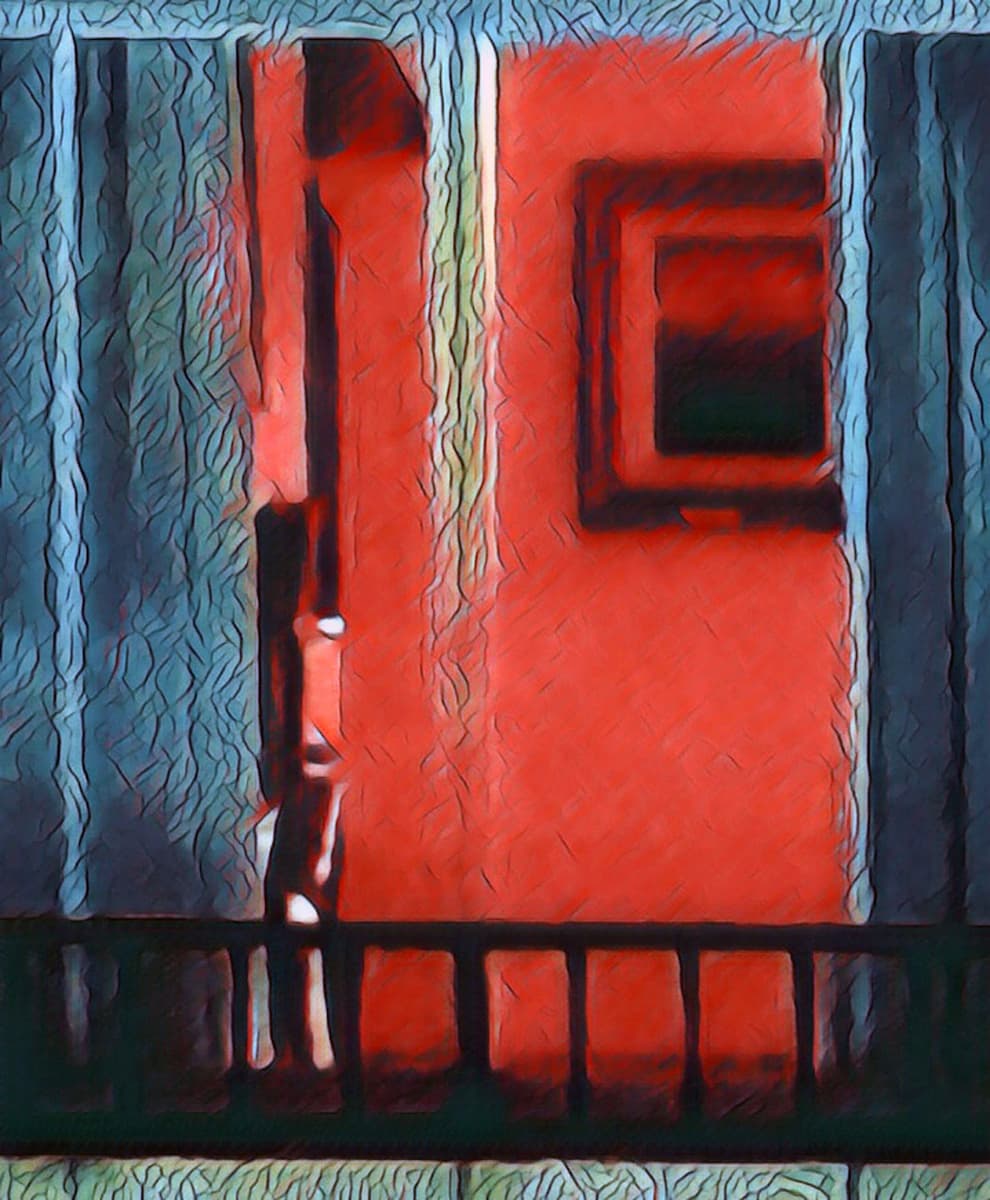Photographic occupation by Marilou Winograd opens at Centro Cultural Correios RJ
Curiosity, indiscretion or seeking communication? Object of a research carried out over the course of 18 months, “Indiscreet Windows, i see what you see?”, individual de Marilou Winograd, started in isolation resulting from the pandemic. collection, with the reduced visual universe, the geometry of the windows and the new dancing geometry that established itself at dusk, with the little dots of light flashing in the darkness, sharpened the artist's eye. Curated by Alexandre Murucci, the photographic occupation is produced by Carlos Bertão and Alê Teixeira and will be opened on the 11 of June, Saturday, at Centro Cultural Correios RJ.
“In a desert Copacabana, silent and sad, the appeal of the emergence of each lit lighthouse warmed my loneliness in search of some pulsating life, in the suggested shadows and silhouettes. I started photographing these illuminated spaces every night at different times., isolated, small universes of heat and energy. How many stories and lives on hold, together, but separate…”, relembra Marilou Winograd.
Lounge chair, coffee table and two high stools, one in each window, will be part of the Proa round room. Will be used in full 20 big enlargements, medindo 100cm x 150cm, beyond about 150 smaller pictures (30cm x 40cm), that will be superimposed. There will be a performance action on the day of the vernissage.
“In your chronicle of a hard time, Marilou part of Hoopernian ambience photos, where absences become characters, until reaching fuzzy images, experimental, comfortably situated in the Brazilian photographic tradition, by artists such as José Oiticica Filho and Geraldo de Barros.almost abstract, are, not just his pictorial approach, but also his existential testimony, a power that reverberates intensely in its non-discrete window. A window that cried out for life, while life was suspended, transmuting into art by your gaze. This look that asks us, humanly ‘I see what you see?’”, analyzes curator Alexandre Murucci.
“Indiscreet Windows, i see what you see?”, according to Alexandre Murucci
Marilou Winograd's work has always been guided by atmospheres and memories. Even when the subjectivity of its formal composition imposes itself, there is a clear “psychology” about our reception of the reality that it proposes. Working with photographs and the expansion of his invoices into objects and installations in a large part of the body of his production, the artist maintains a strict plastic vocabulary, at the same time, smooth and vigorous. In the show that now presents, Marilou brings us a visual compendium that mapped feelings common to most people, in this unusual period of what life was like during the period of the great pandemic of the contemporary era – the suspension of our possibilities of social interaction and all the anguish this caused – globally. In this work, the artist establishes, from your own emotional survival, a relational geography with its domestic scope – what his space allowed him to apprehend from the outside world, through your window and your gaze as a remaining communication option, at a time when we are trapped in our circumstances. In the physical exclusion imposed, it was not enough for the artist to have the tools that the brave new world provides us. Your desire to be with each other, expanded by the search for gestures, of experiences, of possible nods, seen from your apartment window, hovering over a desert Copacabana, your only channel of resilience. of respite!
In a classic of universal cinematography “Indiscreet Window”, mid-twentieth century, the main character, lived by Jimmy Stewart, followed in solitary observation, trapped in the incommunicability of your life, reflecting the anxiety and disconnection of our times, that was already structured on the horizon, with the broadcasting of TV and that today, powered by digital life, became the pattern of our relationships. What sociologist David Riesman aptly called “the lone crowd”, because already in your book of 1950, assumed that contemporary society had been atomized and would increasingly be characterized by people living among themselves., but apart from each other. However, different from the cold observation of the film's detective plot, the artist's gaze is empathetic, sympathetic… Was, through the poetic record, your way of keeping your place in the world. And in what his sensitivity turned into an urgency of expression, provides us with a documentary approach to this joint human experience, that will still be visited many times, in the light of history. In this primordial path, of search for life that overflowed through cracks, lights, shadows, islands, balconies and silences, Marilou is developing a plastic treaty, interacting in our perception, until the images, a priori stuck to reality framed by sensitive geometries, are diluted by exploding in movements of colors and forms of an expressionist repertoire. Fauvist, we could say. And this, that otherwise, would present itself as a development of authorship on the work, it's even more touching, for confiding that your current perception of the world, undergoes a sensory accommodation process, after some ophthalmo-surgical interventions he suffered. by bringing us, in some images, what is sometimes the limit of visual apprehension of the world, it gives us an opportunity for a broader example of empathy, providing us with the place of the other – the otherness of “Em-si (in itself)”/”for-if (for himself)”, as Sartre put, in contrast to the discarded limits of man's solitary existence.
Saiba mais sobre Marilou Winograd
born in Cairo, Egypt, Marilou Winograd arrives in Brazil, in Rio de Janeiro, in 1960. Graduated in Arts at CEAC (Contemporary Art Center), IBA (Institute of Fine Arts) and EAV (School of Visual Arts) Lage Park, in Rio de Janeiro, Brasil. Participated in individual and group exhibitions, congresses and seminars in Brazil and abroad (1971/2022). She is one of the curators of the Zona Oculta project – between public and private, with 350 women artists (2004/2014), from the Contemporary Art Access project, with 179 Visual Artists (2011/2022) and from several collectives, occupations and calls. In 2004, published the book “The Silence of the White”, visual account of your trip to Antarctica, in contrast to your work. Among the countries where he has exhibited, In addition to Brazil, are: France (Paris), Germany (berlin and cologne), Argentina (Buenos Aires), Italy (Rome) and Portugal (Lisboa).
Service:
“Indiscreet Windows, i see what you see?”
Opening: 11 of June, Saturday, the 4:00 pm to 7:00 pm
Visitation: from 14 from June to 23 th July 2022
Curated By: Alexander Murucci
Production: Carlos Bertão and Alê Teixeira/EntreArte
Cultural Center Correios RJ
Sign up to receive Event News
and the Universe of Arts first!
Address: Rua Visconde de Itaboraí, 20 - Center – RJ
Time: Tuesday to Saturday, from 12:00 to 7:00 pm
Free entrance
Contacts Marilou Winograd: www.mwinograd@uol.com.br / www.acessoartecontemporanea.com.br / www.zonaoculta.com.br
contact Alexandre Murucci: @alexandremurucciart
EntreArte Contacts: @entrearteconsultoria / @cbertao / @aleartale
Press information: BriefCom Communications Advisory: Bia Sampaio: +55 21 98181-8351/ from biasampaio@briefcom.com.br

